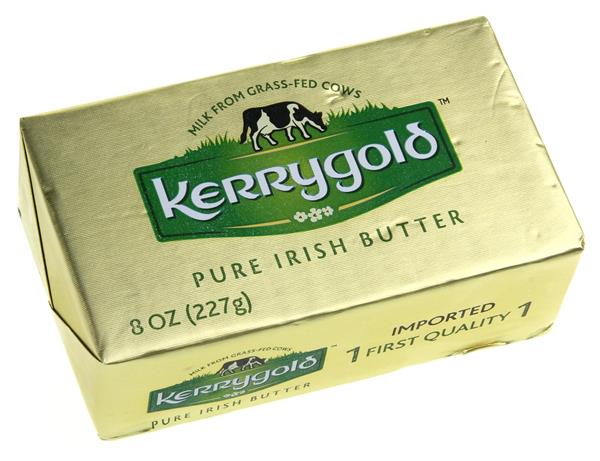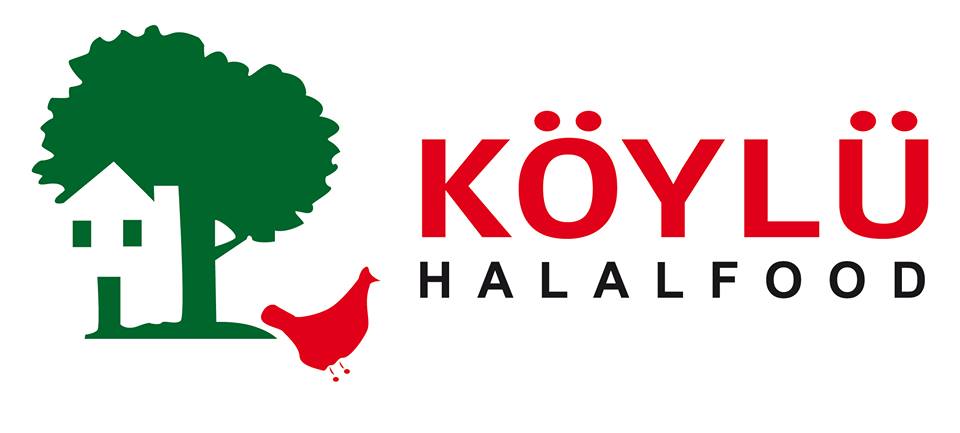Uitspraak ingezonden door Rens Jan Kramer, Boels Zanders.
Merkdepot te kwader trouw bij levering private label reinigingsmiddel aan Boels

Vzr. Rechtbank Noord-Nederland 31 maart 2017, IEF 16690 (Simus tegen Helichem-Boels) Merkenrecht. Simus verkoopt reinigingsmiddelen onder eigen naam en onder een zogenoemd private label - die door anderen als huismerk op de markt worden gebracht. Helichem doet dat ook en Boels verhuurt reinigingsapparatuur. Boels brengt product onder huismerk B PROF op de markt, Simus levert deze en heeft het als merk ingeschreven. Helichem wordt benaderd voor de productie van reinigingsmiddelen onder het huismerk, Simus stelt dat er sprake is van merkinbreuk. Helichem en Boels stellen terecht dat Simus het depot te kwader trouw heeft verricht zoals bedoeld in artikel 2.4.f sub 1 BVIE. Afwijzing van de vorderingen.

































































































